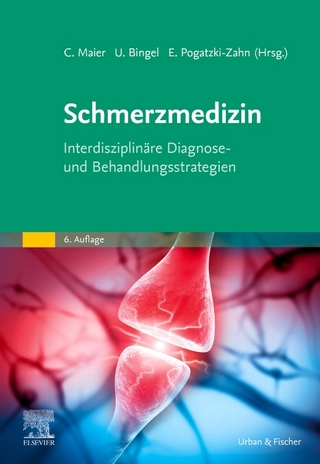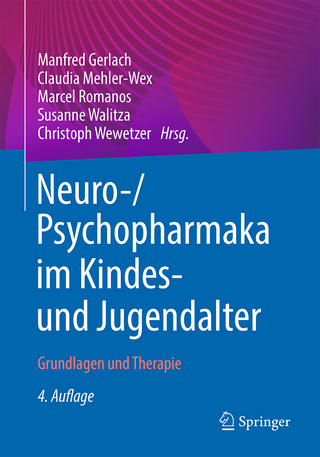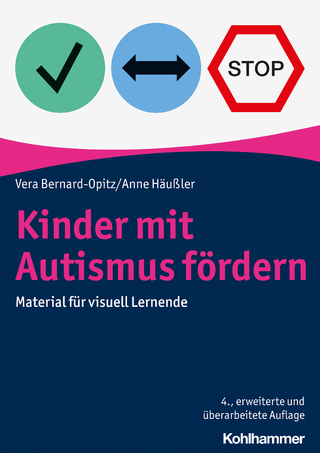
Medically Unexplained Symptoms
Springer International Publishing (Verlag)
978-3-030-59180-9 (ISBN)
Despite the rapid advances in medical science, the majority of people who visit a doctor have medically unexplained symptoms (MUS), symptoms that remain a mystery despite extensive diagnostic studies. The most common MUS are back pain, abdominal pain, headache, fatigue, and dizziness. This book addresses the obstacles of managing people with MUS in our modern day society from both a historical and contemporary perspective.
Most MUS are psychosomatic in origin, caused by a complex interaction between nature and nurture, between biological and psychosocial factors. Psychosomatic symptoms are as real and as severe as the symptoms associated with structural damage to the brain. Unique and concise, the book explores the biological and psychosocial mechanisms, the clinical features, and current and future treatments of common MUS.
Exploring the unsolved in an accessible manner, Medically Unexplained Symptoms invokes the methodologies of medical science, history, and sociology to investigate how brain flaws can lead to debilitating symptoms.
lt;p>Robert W. Baloh MD
Distinguished Professor of Neurology
David Geffen School of Medicine at UCLA
Los Angeles, CA
Chapter 1. Overview of Medically Unexplained Symptoms.- Chapter 2. Early Ideas on Hysteria.- Chapter 3. The Golden Age of Hysteria.- Chapter 4. Psychosomatic Illness in the 20th Century.- Chapter 5. Biological Mechanisms of Psychosomatic Symptoms.- Chapter 6. Psychosocial Mechanisms of Psychosomatic Symptoms.- Chapter 7. Low Back Pain, Abdominal Pain and Headache.- Chapter 8. Fibromyalgia and Chronic Fatigue Syndrome.- Chapter 9. Chronic Dizziness.- Chapter 10. Treatment of Psychosomatic Symptoms.
| Erscheinungsdatum | 29.12.2020 |
|---|---|
| Zusatzinfo | XVII, 204 p. 1 illus. |
| Verlagsort | Cham |
| Sprache | englisch |
| Maße | 155 x 235 mm |
| Gewicht | 349 g |
| Themenwelt | Medizin / Pharmazie ► Allgemeines / Lexika |
| Medizin / Pharmazie ► Medizinische Fachgebiete ► Neurologie | |
| Medizin / Pharmazie ► Medizinische Fachgebiete ► Psychosomatik | |
| Schlagworte | Biological Mechanisms • chronic illness • hysteria • medically unexplained symptoms • Pain • Psychosocial mechanisms • psychosomatic symptoms • Treatment |
| ISBN-10 | 3-030-59180-8 / 3030591808 |
| ISBN-13 | 978-3-030-59180-9 / 9783030591809 |
| Zustand | Neuware |
| Haben Sie eine Frage zum Produkt? |
aus dem Bereich


